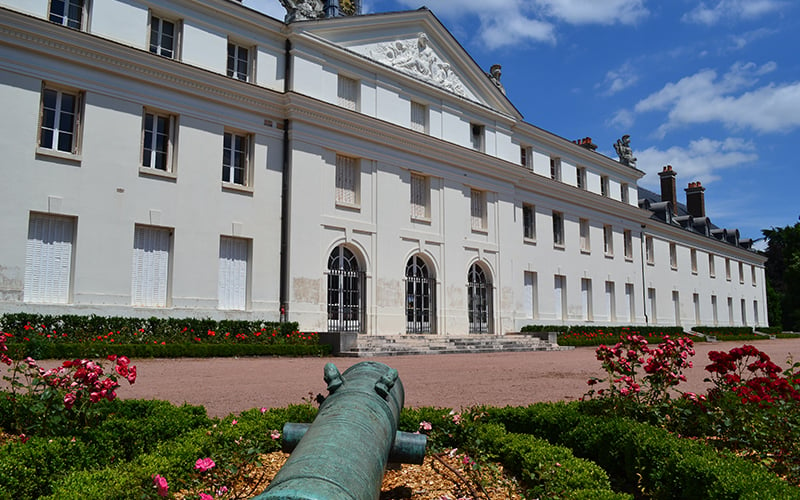Creusot-Montceau
Creusot-Montceau: Reliving our industrial heritage
Nestled between the Morvan range and the Charolais hills, a valley stretches along two rivers: the Dheune flowing toward the Saône, the Bourbince making its way to the Loire.
This region, known as Creusot-Montceau, draws inspiration from a period of France's epic past, namely its 19th-century industrial revolution. The transformations of that time, whether in terms of industrial heritage led by the early corporate barons (the Schneider Family here) or topography surrounding the Canal du Centre path, has left a significant imprint.
Let's not overlook however the tremendous cultural and architectural heritage on display as well, discreetly preserved and enhanced, for you to admire across a number of iconic sites (including the Mine Museum in Blanzy and Château de la Verrerie) along with handsome ceramic facades (another symbol of the region's glorious industrial era).
Exploring the Creusot-Montceau territory offers a touring experience that's full of surprises, moving and unforgettable.

The area's industrial adventure, from past to present
At the forefront of France's industrial revolution, the cities of Le Creusot and Montceau-les-Mines were among those to enjoy the fruits of an economic boom beginning in the second half of the 18th century, leading to considerable local prosperity.
Business flourished around metallurgy activity in Le Creusot and Montceau's coal mines, in association with rapid development of ceramics factories in neighbouring villages. These three activities (two of which have since ceased production) still make up the pillars of a completely unique brand of tourism, showcasing old factory towns, public edifices and monuments dedicated to labour of the times and mansions featuring ceramic-decorated facades, with Villa Perrusson in Écuisses serving as a model.
If a symbol was needed for this bygone era, yet one that remains very present in the heart and soul of Creusot-Montceau, no doubt it would be the giant 100-tonne steam hammer at the entrance to Le Creusot.

Château de la Verrerie and the Industrial Pavilion
Listed on the register of historical monuments since 1984, the former Queen's Crystal Works (before becoming the Schneider Family residence for more than a century) underwent a most successful reconversion in a continuation of glorious past traditions. The Château de la Verrerie today hosts 2 exhibition spaces dedicated to regional history and conservation:
- The Industrial Pavilion presents, through interactive displays, the extent to which Le Creusot industry contributed to developing the city and its environs, from a social, urban and architectural standpoint.
- The Museum of Man and Industry, housed in the castle's main building, is dedicated to the heyday of manufacturing and the Schneider dynasty with an impressive collection of objects, paintings and models.
This site plunges visitors into a chapter of history (whose vestiges live on) that has built the renown of a territory over the ages. The homage to that past is offered up with a keen sense of detail and reconstitution.

Villa Perrusson, a passion for ceramics
A “showroom house" for the local ceramics industry, Villa Perrusson is an architectural gem devoted to one of the foundations of the Creusot-Montceau identity. This former residence was designed by the directors of the adjacent tile factory to showcase their expertise and, to say the least, the outcome is magnificent as facades and roof are entirely covered in ceramics, creating a visual delight.
But Villa Perrusson also offers a splendid garden and inviting lanes to stroll; during the tourist season, these grounds double as a venue for exhibits, concerts and shows.
More information: http://www.villaperrusson.fr/

Navigating along the Canal du Centre
A former lifeline for the local economy, this Canal was initially laid out to connect the Loire and Saône Rivers, running from Digoin to Chalon-sur-Saône (end of the 18th century), as well as to facilitate the transport of coal between Montceau-les-Mines and Le Creusot (in addition to developing the ceramics industry), the narrow and twisting Canal du Centre has today been converted for river tourism uses, and successfully so judging by its popularity.
Now a hub attracting boating enthusiasts, with Montceau (a city crisscrossed by navigable waterways, making it a perfect mooring spot for pleasure craft) as the preferred home port.

